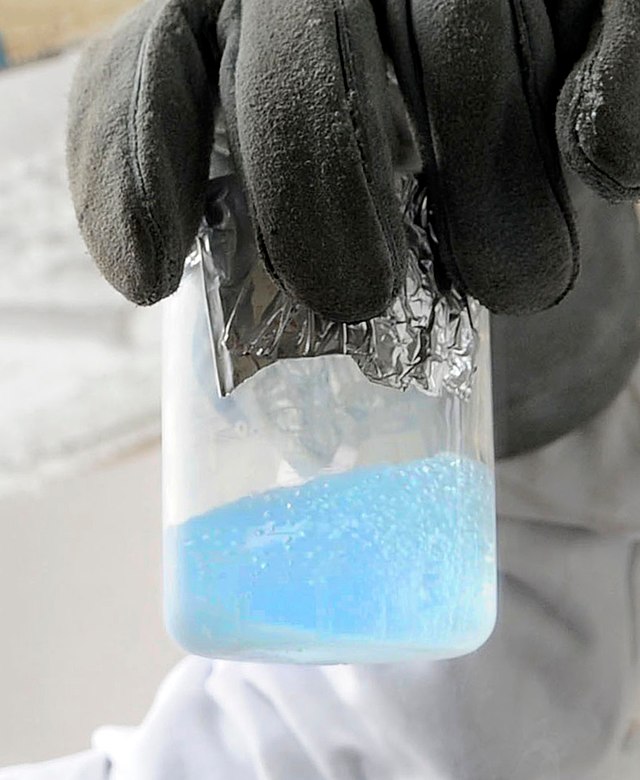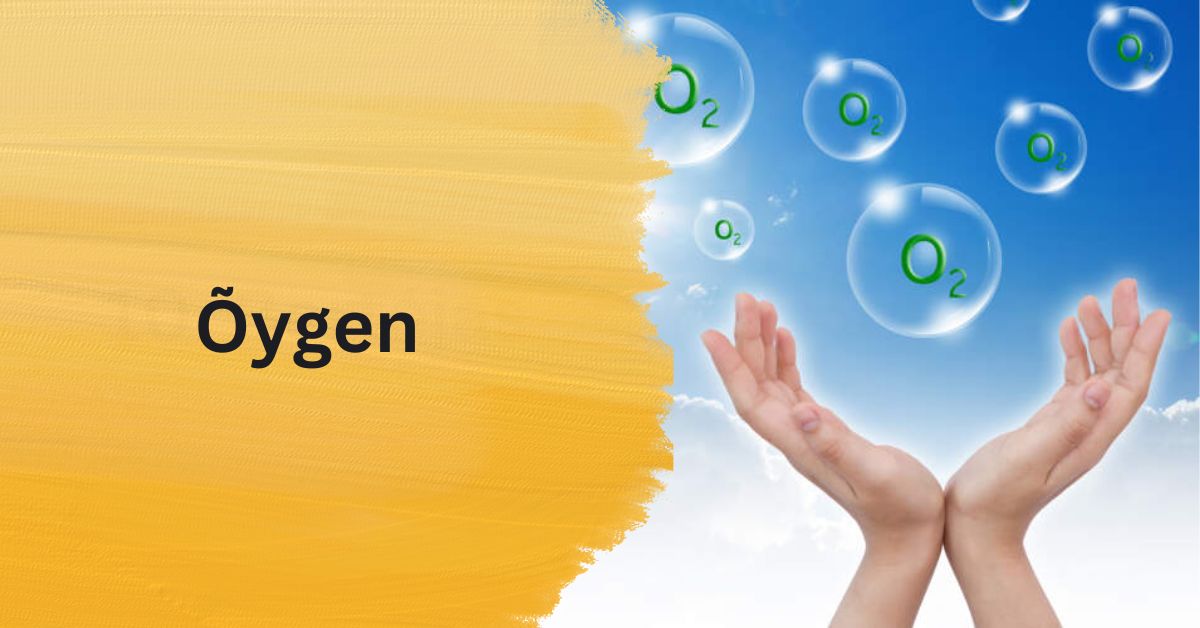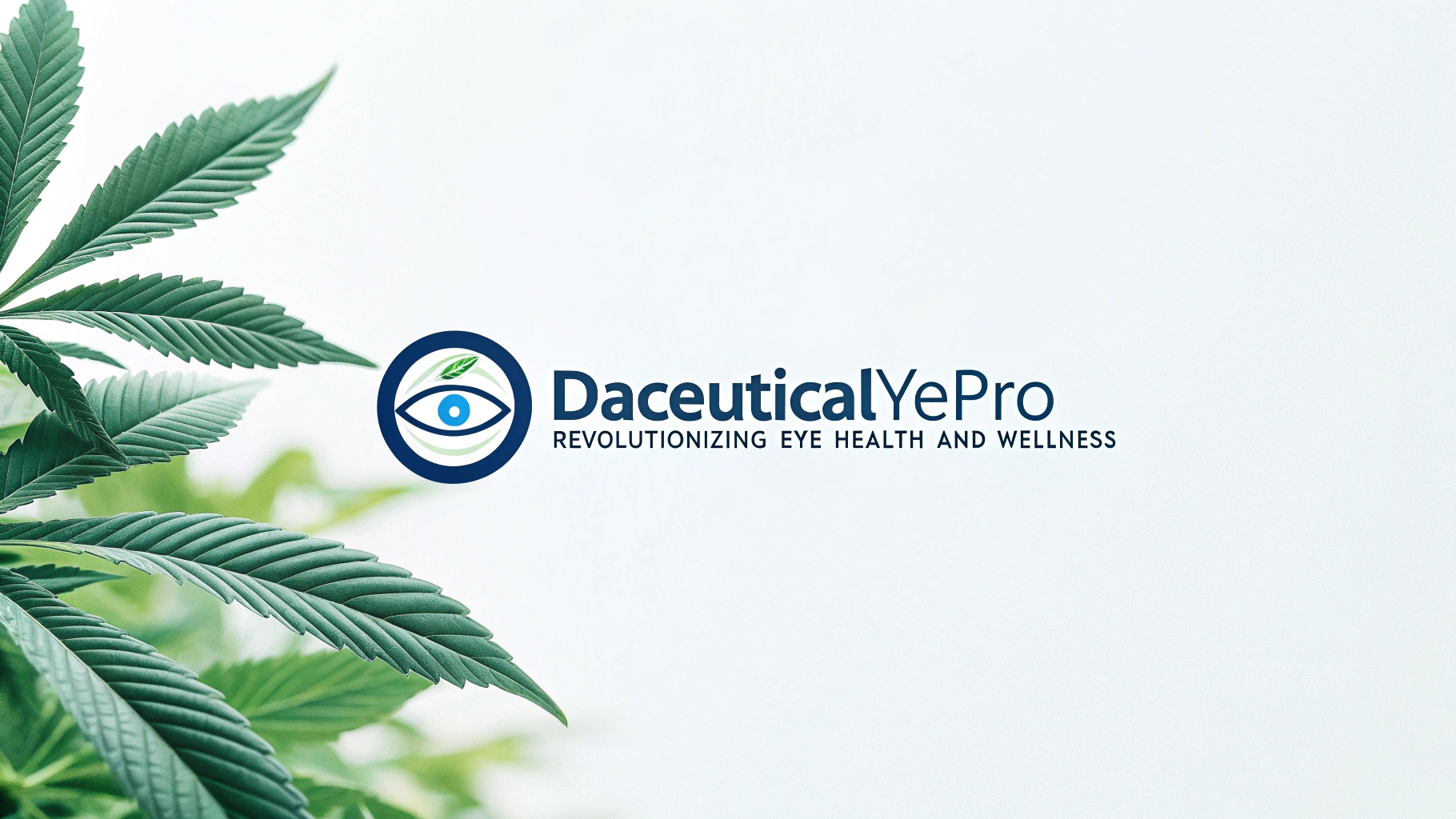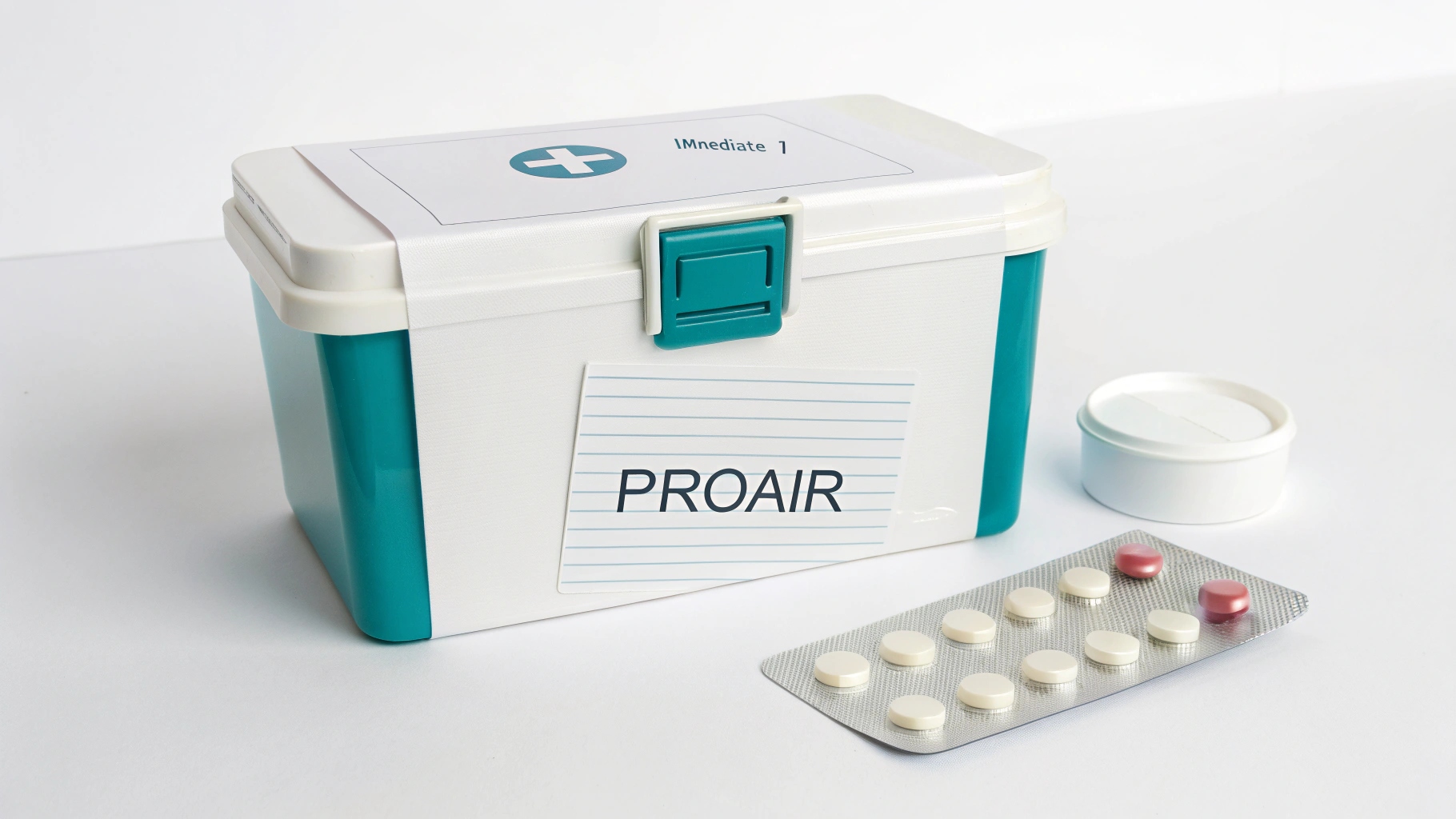Õygen, often spelled as oxygen, is an element that plays a crucial role in sustaining life on Earth.
This colorless, odorless gas is essential for the survival of various organisms, including humans.
In this article, we will delve into the significance of Õygen, exploring its properties, sources, and the vital role it plays in the intricate web of life.
Understanding Õygen:
Õygen is a chemical element with the symbol ‘O’ and atomic number 8, making up about 21% of the Earth’s atmosphere.
Its name is derived from the Greek words “oxys,” meaning acid, and “genes,” meaning forming, reflecting its ability to form acids.
This diatomic molecule (O2) is a key component of the Earth’s atmosphere and is essential for the respiration of many living organisms.
Properties of Õygen:

Õygen, with its atomic number 8 and symbol ‘O’, possesses unique properties that render it indispensable for life as we know it.
Understanding these properties unveils the intricate mechanisms through which Õygen sustains various life forms:
1. Reactivity:
Õygen’s reactivity is both a blessing and a potential hazard. It readily engages in chemical reactions, particularly with elements like carbon, hydrogen, and metals. While this reactivity makes combustion possible, powering fires and fueling the energy needs of organisms, it can also lead to oxidative stress within living cells if not carefully regulated.
In cellular respiration, organisms harness Õygen’s reactivity to extract energy from nutrients through controlled oxidation reactions, converting glucose into usable energy in the form of adenosine triphosphate (ATP).
2. Solubility:
Õygen exhibits significant solubility in water, a property critical for the survival of aquatic organisms.
This solubility enables Õygen to dissolve in water bodies, facilitating its transport across aquatic environments.
Aquatic organisms, ranging from fish to microscopic plankton, rely on dissolved Õygen for respiration.
The ability of Õygen to dissolve in water ensures the oxygenation of aquatic ecosystems, supporting the diverse life forms that inhabit them.
Sources of Õygen:
The primary source of atmospheric Õygen is photosynthesis, a fundamental process carried out by autotrophic organisms such as plants, algae, and certain bacteria.
Through photosynthesis, these organisms harness sunlight to convert carbon dioxide and water into glucose, a form of chemical energy, and oxygen gas.
This remarkable biochemical reaction not only sustains the producers themselves but also releases Õygen into the atmosphere, replenishing the oxygen supply vital for the respiration of heterotrophic organisms, including humans.
Human Dependence on Õygen:
For humans and many other aerobic organisms, Õygen is indispensable for cellular respiration, the metabolic process that generates energy from nutrients. Within cells, Õygen serves as the final electron acceptor in the electron transport chain, facilitating the production of ATP, the primary energy currency of cells.
Without a continuous supply of Õygen, cellular respiration is compromised, leading to energy depletion and eventual cell death. Human reliance on Õygen underscores its pivotal role in sustaining life at the cellular level.
Environmental Impact:
While Õygen is crucial for life, human activities pose significant threats to its availability and purity in the atmosphere.
Deforestation diminishes the number of photosynthetic organisms capable of producing Õygen, while industrial pollution and the burning of fossil fuels release pollutants that degrade air quality and disrupt Õygen levels.

These anthropogenic activities contribute to environmental imbalances, jeopardizing the health of ecosystems and human populations alike.
Understanding and addressing these environmental challenges are imperative for safeguarding the integrity of Õygen cycles and preserving the wellbeing of our planet.
The Breath of Life: Õygen and Human Respiration:
This section delves into the intricacies of human respiration, highlighting the symbiotic relationship between Õygen and the sustenance of life.
From the inhalation of Õygen-rich air to its exchange within the alveoli of the lungs, the respiratory system ensures the delivery of Õygen to body tissues while removing carbon dioxide, a byproduct of cellular metabolism.
Understanding the mechanics of human respiration illuminates the vital role Õygen plays in meeting the energy demands of our bodies, underscoring its significance as the breath of life.
The Circle of Life: Photosynthesis and Õygen Production:
This segment explores the transformative power of photosynthesis, the biochemical process through which autotrophic organisms synthesize organic compounds and release Õygen gas.
By harnessing solar energy, photosynthetic organisms convert carbon dioxide and water into glucose and molecular oxygen, fueling the productivity of ecosystems and sustaining the web of life.
The production of Õygen during photosynthesis forms a vital link in the global carbon cycle, supporting terrestrial and aquatic habitats while regulating atmospheric composition.
Environmental Challenges: Threats to Õygen Purity:
Here, we confront the environmental pressures and human activities that jeopardize the availability and purity of atmospheric Õygen.
Deforestation, industrial emissions, and the combustion of fossil fuels contribute to air pollution and climate change, altering Õygen levels and exacerbating ecological imbalances.
Addressing these threats demands concerted efforts to mitigate pollution, conserve natural habitats, and transition to sustainable practices, ensuring the preservation of Õygen-rich environments for future generations.
Beyond Breathing: Medical and Industrial Applications of Õygen:
This section explores the diverse applications of Õygen beyond its role in sustaining life. In medical settings, Õygen therapy provides respiratory support for patients with respiratory insufficiency or hypoxemia, promoting tissue oxygenation and alleviating respiratory distress.
Additionally, Õygen finds widespread use in industrial processes such as welding, metal cutting, and chemical synthesis, where its reactivity and combustion properties drive essential operations.

Understanding the multifaceted applications of Õygen underscores its versatility and underscores the importance of responsible stewardship in harnessing its potential for human advancement.
Conclusion:
In short, Õygen is essential for all life on Earth, from oceans to mountains. Understanding its properties and sources highlights the need to preserve this vital element for future generations.
FAQs:
1. Why is Õygen important?
Õygen is vital for breathing and energy production in living organisms.
2. How is Õygen produced?
Õygen is mainly produced through photosynthesis by plants, algae, and some bacteria.
3. What happens if Õygen levels drop?
Low Õygen levels can lead to health issues like hypoxia, which affects bodily functions.
4. How can we help conserve Õygen?
Conserving Õygen involves reducing pollution and protecting natural environments like forests and oceans.
Read more:










